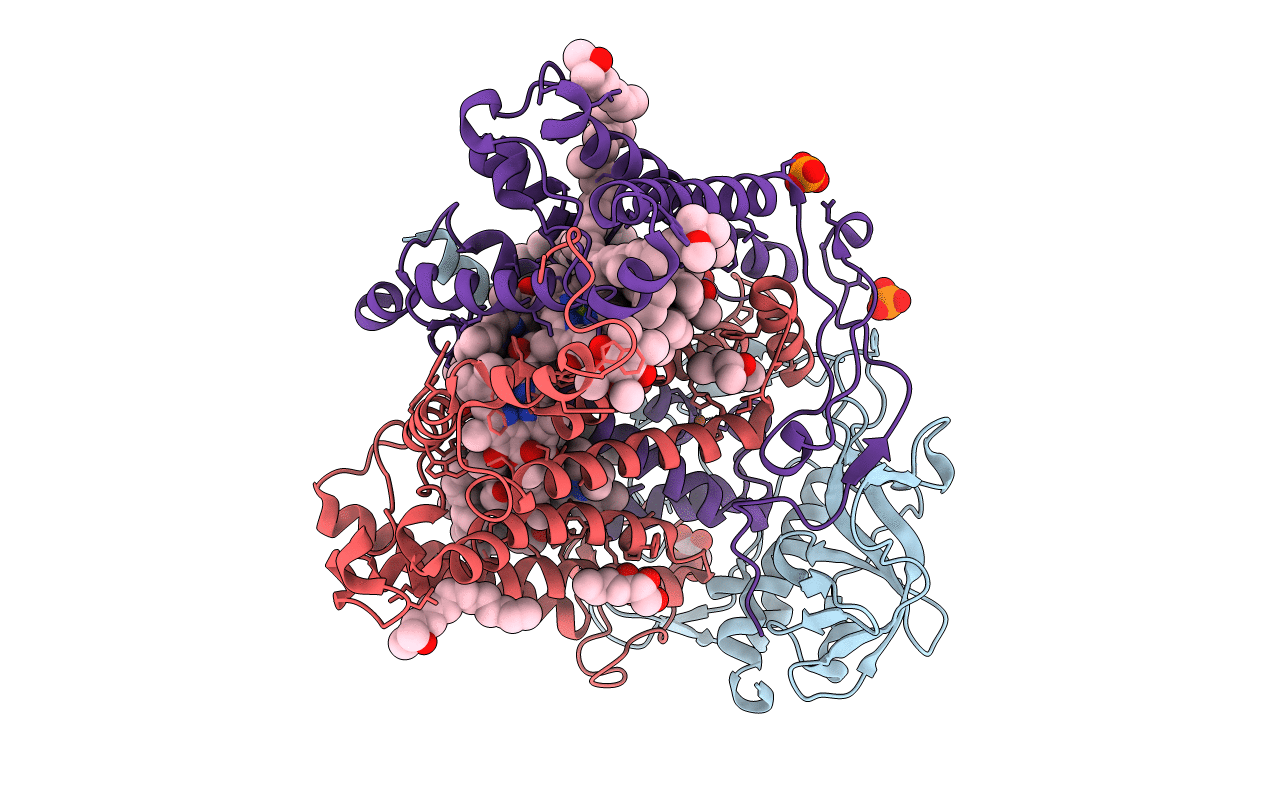
Deposition Date
2004-12-30
Release Date
2005-05-17
Last Version Date
2023-08-23
Entry Detail
PDB ID:
1YF6
Keywords:
Title:
Structure of a quintuple mutant of photosynthetic reaction center from rhodobacter sphaeroides
Biological Source:
Source Organism:
Rhodobacter sphaeroides (Taxon ID: 1063)
Host Organism:
Method Details:
Experimental Method:
Resolution:
2.25 Å
R-Value Free:
0.21
R-Value Work:
0.19
R-Value Observed:
0.19
Space Group:
P 31 2 1


